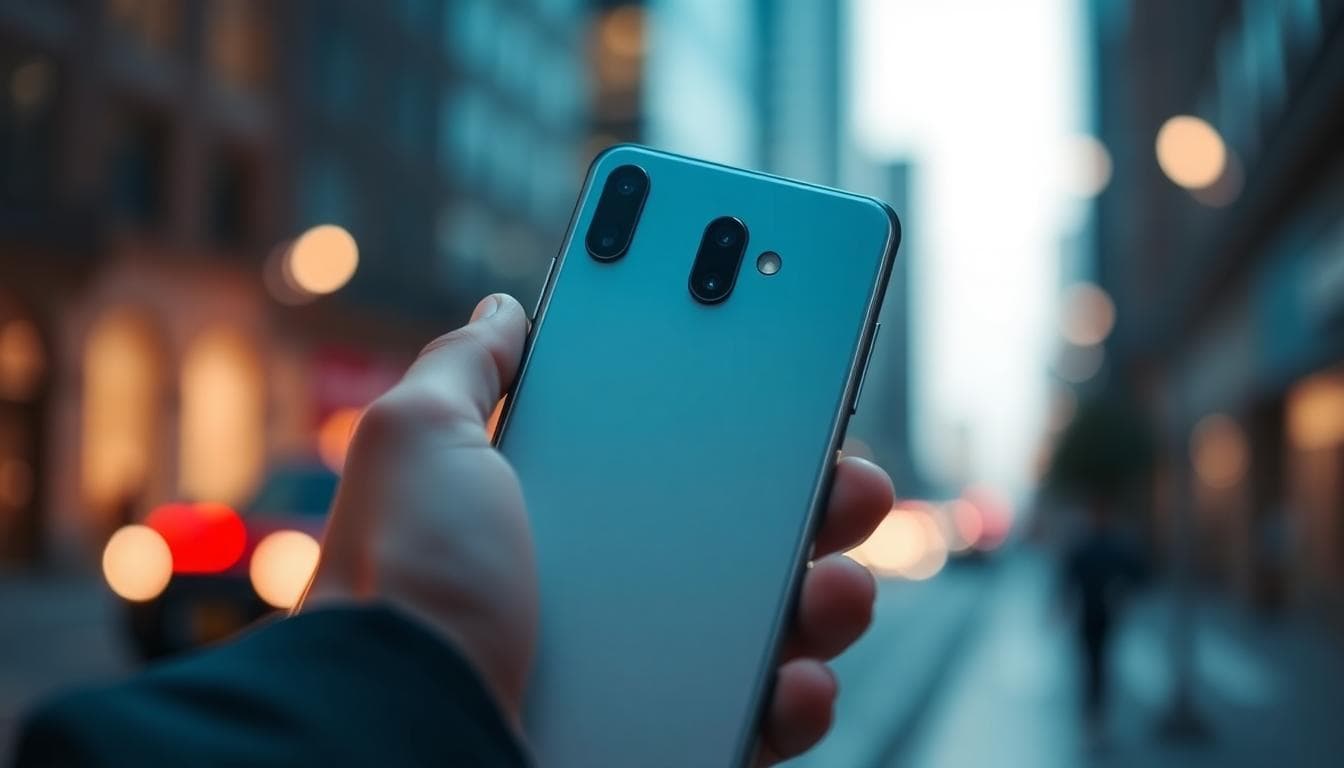According to a new report, Samsung is preparing a split-chip strategy for the Galaxy S26 lineup, with Qualcomm providing roughly three-quarters of the processors and Samsung’s in-house Exynos 2600 powering the remaining share. Here’s what that could mean for performance, pricing, and availability when the S26 launches.
Quick take
- Qualcomm is said to supply about 75% of Galaxy S26 chips.
- Exynos 2600 could power around 25% of units in select regions.
- Samsung appears to be balancing cost control, yield, and performance.
- Expect regional variations similar to older Galaxy releases.
Why Samsung may keep a split-chip strategy
Samsung has toggled between all-Snapdragon flagships and mixed launches that split Snapdragon and Exynos by market. The rumored 75/25 split for the Galaxy S26 suggests Samsung is pushing for stability and scale while still investing in its silicon roadmap.
Three forces usually drive this decision:
- Performance and thermals: Recent Snapdragon flagships have set a high bar for CPU, GPU, and AI performance. If Qualcomm’s next-gen chip continues that trend, it makes sense to rely heavily on it for global consistency and press reviews.
- Cost and margins: In-house chips can reduce dependency on external suppliers. Allocating a portion of units to Exynos helps Samsung manage bill of materials and test the latest IP in the field.
- Foundry and yields: Securing enough high-yield chips on a cutting-edge node is tough. A dual-sourcing strategy gives Samsung flexibility if demand spikes or yields fluctuate.

What to expect from the Snapdragon variant
If the report holds, most Galaxy S26 models will run on Qualcomm’s latest flagship platform. Recent Snapdragon chips have delivered strong single-core performance, efficient multi-core scaling, and major AI acceleration. For buyers, this usually translates to smoother gaming, reliable thermals, and consistent camera processing.
You can also expect robust modem performance, including advanced carrier aggregation and power-efficient 5G. Qualcomm’s track record with Bluetooth, Wi-Fi, and location hardware also helps with everyday stability.
Where Exynos 2600 could shine
Samsung’s Exynos 2600 is expected to power a minority share of S26 units, likely in specific regions. The company has been investing heavily in GPU collaboration, AI NPU efficiency, and modem integration. If the Exynos 2600 delivers improved sustained performance and better thermal behavior than past generations, it could narrow the gap with Snapdragon in day-to-day use.
Samsung may also tailor some computational photography features to the Exynos platform, using NPU optimizations to drive scene detection, segmentation, and low-light performance. Battery life and heat management will be key storylines to watch after launch.

Regional availability: what buyers should know
Samsung has historically shipped Snapdragon models in North America and parts of Asia, with Exynos units going to Europe and other markets. The exact split for the S26 will depend on carrier partners and supply. Before you pre-order, check the model number and chipset variant for your region. Enthusiasts who care about specific benchmarks or GPU features often import to get the variant they prefer, but warranty and band support can be trade-offs.
AI features and camera processing
The S26 lineup will likely push more features on-device, from generative photo tools and live translation to smarter video stabilization. Both chipsets should support advanced NPUs, but execution matters. Qualcomm’s recent AI suites have impressed with low-latency text, image, and audio tasks. Samsung’s own stack could focus on One UI integrations, camera scene fusion, and tighter ties to Galaxy ecosystem features.
Battery life and thermals
Battery life remains the most visible difference when chipsets diverge. Sustained workloads like gaming, 4K video capture, and hotspot use reveal thermal limits fast. If Snapdragon silicon again leads in efficiency, it will likely offer longer screen-on time and steadier frame rates. The big question is how close Exynos 2600 gets, and whether Samsung tunes both variants to feel similar in typical daily use like social, maps, and photos.

What this means for pricing
A 75/25 supply split suggests Samsung is hedging costs while keeping global inventory healthy. Pricing will likely track with other premium Android devices. Carriers may push aggressive trade-ins, and Samsung could use storage or accessory bundles to keep perceived value high. If Exynos production helps margins, we could see more competitive prices or better promos in regions getting Exynos units.
Upgrade advice: should you wait?
If you’re on a Galaxy S22 or older, the S26 should represent a clear jump in camera processing, AI features, and battery efficiency. S23 or S24 owners may still enjoy solid upgrades, but the benefit will depend on your priorities. Gamers and camera enthusiasts will likely want the Snapdragon model if they have the choice. If you live in an Exynos region, wait for real-world tests and early reviews before you commit.
Bottom line
The reported plan for Qualcomm to supply about 75% of Galaxy S26 chips, with the Exynos 2600 powering the rest, signals a practical approach from Samsung. It keeps performance predictable for most buyers while continuing to advance Samsung’s in-house silicon. Keep an eye on launch details, regional model numbers, and early thermal tests to decide which variant fits you best.
FAQ
Will my region get Snapdragon or Exynos?
Samsung has not confirmed specifics. Historically, North America tends to get Snapdragon, while Europe often gets Exynos. Check your region’s model at launch.
Are performance differences still big?
They vary by year and workload. Snapdragon has often led in GPU and sustained performance. We’ll know more after independent tests.
Does this affect resale value?
It can. In some markets, Snapdragon variants hold value slightly better. Condition, storage, and demand matter more overall.
What about software updates?
Both variants usually follow the same update schedule, with minor differences tied to carriers. Expect multi-year OS and security support.
To contact us click Here .

